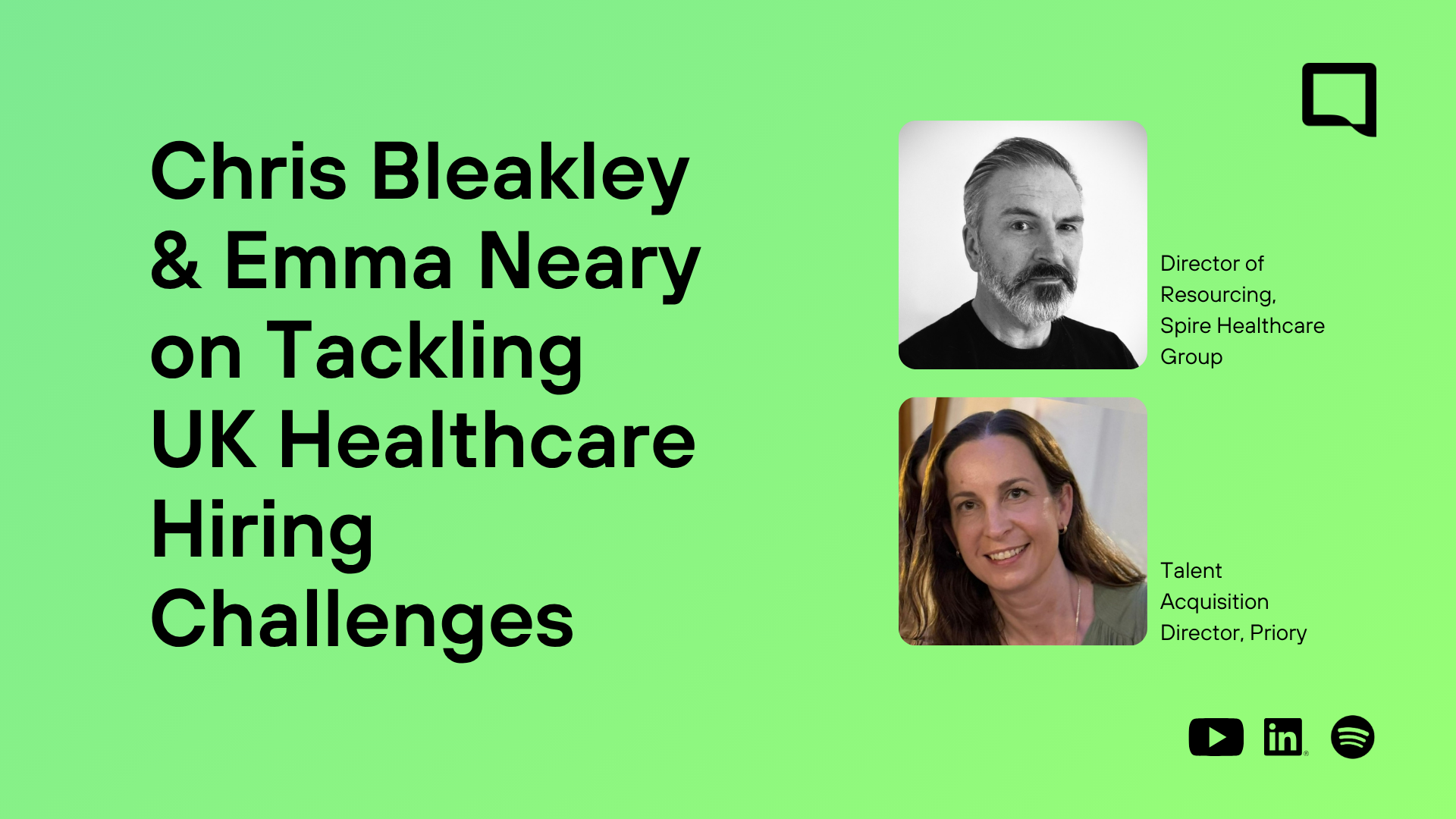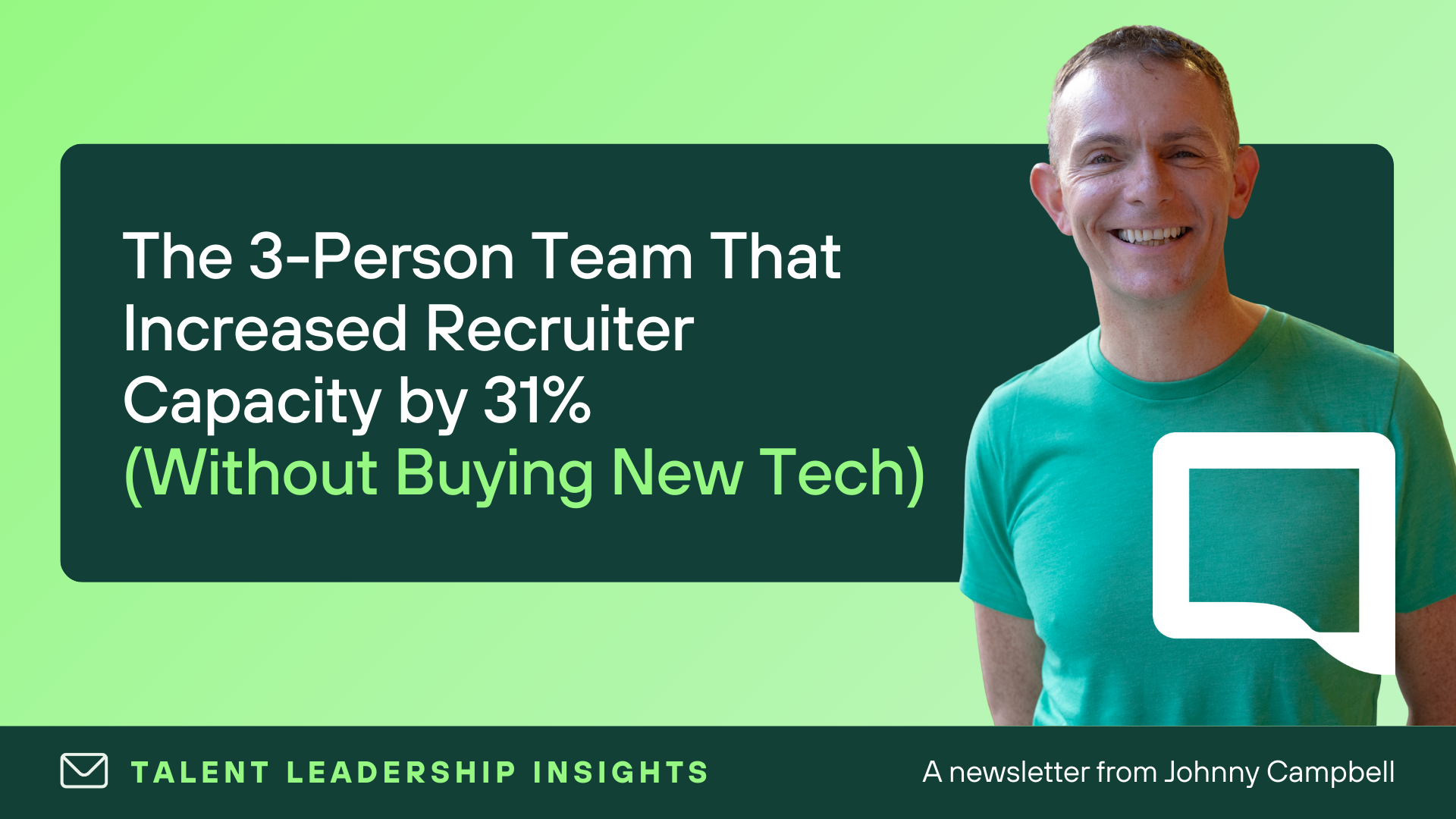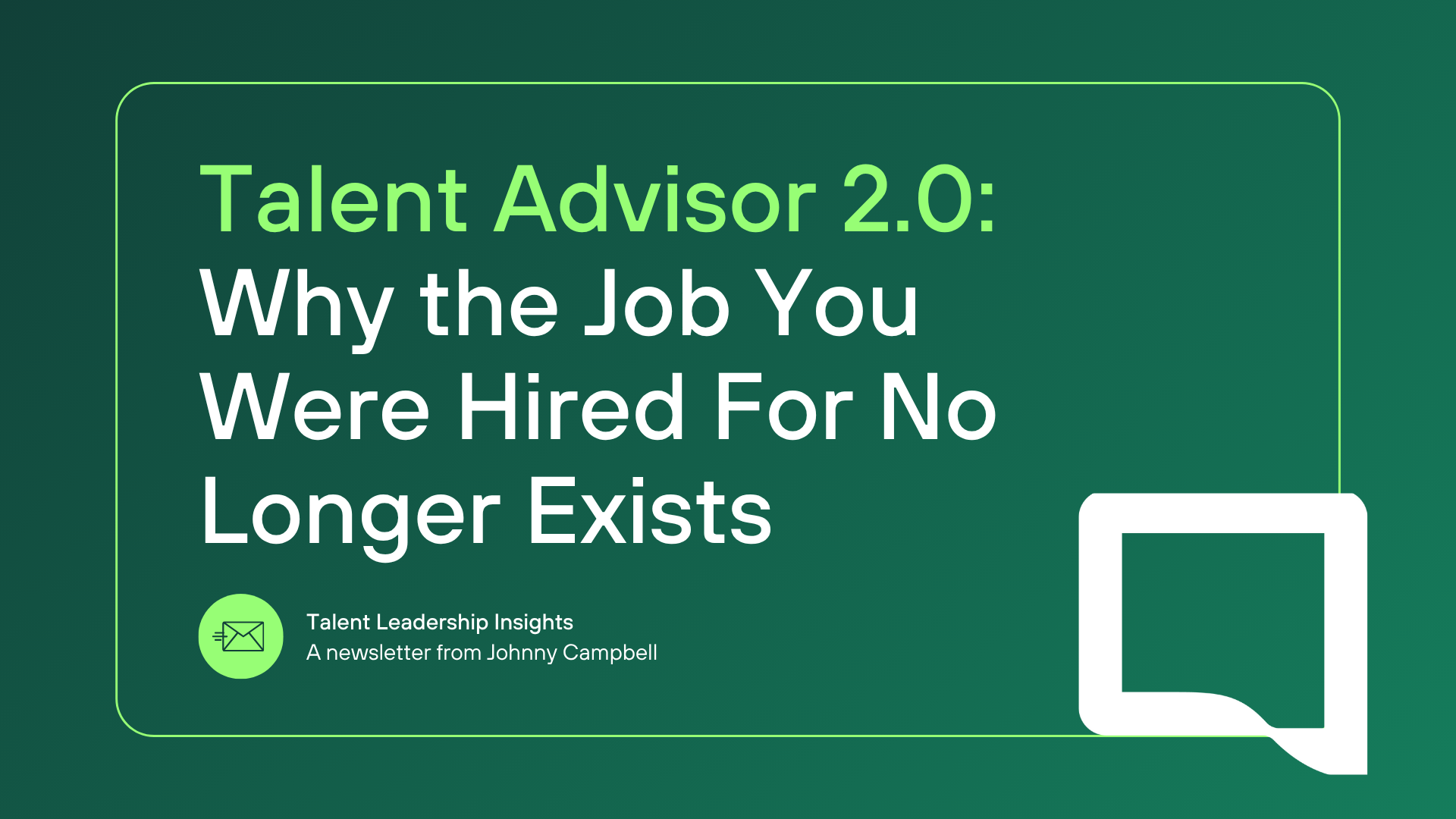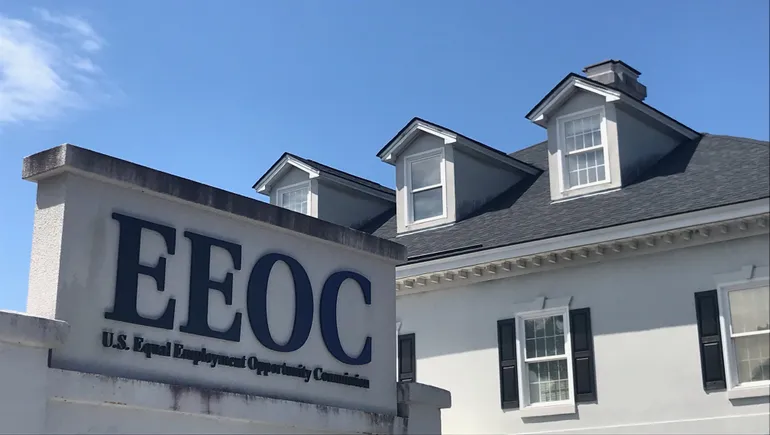Healthcare Hiring Under Pressure
In this episode of Hiring Excellence, Johnny Campbell speaks with Chris Bleakley, Director of Resourcing at Spire Healthcare, and Emma Neary, Talent Acquisition Director at Priory Group, about the unique realities of recruiting in the UK healthcare sector.
From workforce shortages and immigration trends to RPO partnerships and new technology, both leaders share how they’re building agile, resilient recruitment functions that support the people who care for others.
1. The NHS Effect: A Yardstick for All Healthcare Employers
Chris describes the NHS as the reference point for everything in UK healthcare hiring.
“The NHS is a yardstick for everything from pay, to conditions, to training, to perception of what it’s like to work there.”
When NHS pay and morale are strong, many healthcare professionals stay within the public system. But when challenges arise, private providers like Spire often see more interest from candidates. Both leaders agree that the evolving partnership between public and private providers – especially around tackling waiting lists – will continue to shape the market for years to come.
“It’ll be interesting to see what happens in terms of pay and conditions… I think personally it’s going to get more challenging,” Chris adds.
2. Growing Talent at Home, Not Just Abroad
The healthcare sector has long relied on international recruitment, but both leaders have seen this change in recent years. Chris explains that Spire Healthcare’s need for overseas nurses has dropped sharply.
“Our nursing gap is probably the smallest ever – three or four percent,” he says.
While international hiring remains a valuable channel, both Chris and Emma emphasize the importance of developing talent within the UK.
Emma highlights Priory’s focus on internal pathways:
“We’ve done a lot in terms of retention – development, growing our own nurse apprenticeships, really showing that career pathway from healthcare assistant through to nurse.”
Together, they underscore the same point: the future depends on collaboration between public and private sectors to “grow our own.”
3. Reducing Reliance on Agencies and Building Stability
Both Priory and Spire have made major progress in reducing agency dependence – a move that improves continuity of care and financial sustainability.
“It’s like night and day,” Emma says of the difference between 2022 and today. “We’re in a much stronger position now, but you’ve got to be prepared for what comes next.”
Chris agrees, noting that a stabilized workforce doesn’t just improve patient care – it strengthens the business.
“Without the right amount of staff, you can’t undertake as many procedures,” he explains. “The cost of treating patients becomes more expensive. You become less profitable as a business.”
Both organizations are now focusing on growing their bank workforce – flexible, semi-permanent staff who bring continuity without the costs of agency labor.
4. Partnering for Progress: The Role of RPO and In-House Teams
Emma credits Priory’s partnership with Cielo as a turning point. With over 270 sites and a decentralized hiring model, Priory needed support managing high-volume recruitment while strengthening brand and strategy.
“RPO was the route that I settled on because it allowed us to address the immediate challenge while moving our function forward,” Emma explains.
Cielo helped Priory unify its processes, experiment with new technology, and refocus its internal team on strategic hiring and employer branding.
Chris, on the other hand, describes Spire’s shift in the opposite direction – moving from an outsourced model to an in-house team.
“It’s not an either-or,” he says. “If the contract, leadership, and partnership aren’t working, you make a change. For us, it’s the same people now working in-house – and it’s working brilliantly.”
Both agree that success comes from alignment, collaboration, and clear expectations – not the model itself.
5. Building for the Future: Brand, Agility, and Technology
Looking ahead, both Emma and Chris are focused on the same three goals: stronger employer brands, better workforce planning, and smarter use of technology.
At Priory, Emma is investing in employer branding and culture of hiring, helping managers assess consistently and hire for long-term fit.
“We’re focusing on evolving that culture of hiring and upskilling our teams to make sure we’re assessing in the right way,” she says.
Meanwhile, Chris is tackling strategic workforce planning and flexibility – from implementing a digital bank system to modernizing scheduling and position management.
“We’re being strategic but operationally important at the same time,” he explains. “Flexible resource and brand are both big opportunities for us.”
Both leaders agree: agility and collaboration will define healthcare hiring in the next decade.
Conclusion: Evolving Together in a Changing Sector
For Emma Neary and Chris Bleakley, the message is clear – healthcare hiring is complex, but collaboration and innovation are key. Whether through new technology, better workforce planning, or stronger public-private partnerships, both leaders are focused on ensuring a stable, skilled, and human-centered workforce.
Want more conversations like this? Listen to the full Hiring Excellence episode with Emma and Chris, or explore more expert-led insights at SocialTalent.com!





















